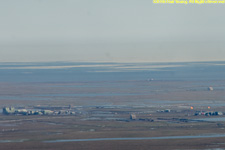
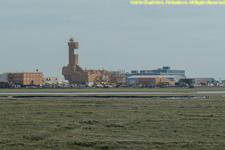

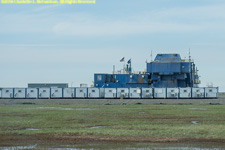
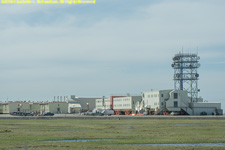

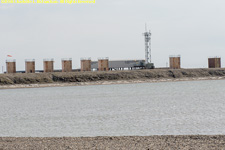
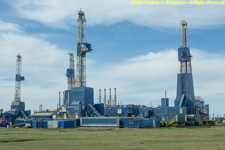
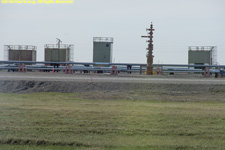
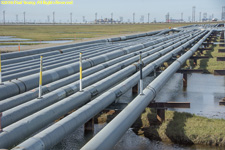
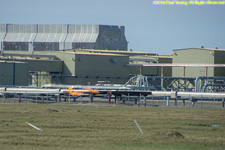
The 800-mile Trans-Alaska Pipeline (Alyeska Pipeline) cost $8 billion to construct and was completed in 1977.
The Prudhoe Bay oil fields on Alaska's North Slope had been mined by the local Inupiat people for the oil-saturated peat for use as fuel for heat and light, possibly for thousands of years. The oil field is the largest in North America, originally containing some ten billion barrels of oil. The source of the oil is the Jurassic-era Kingak shale layer, which is rich in organic matter. In the field oil is moved through pipelines from about a thousand wells to a pumping station at the head of the Trans-Alaska Pipeline.











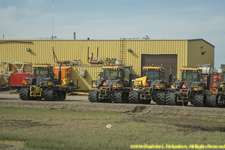

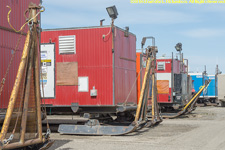
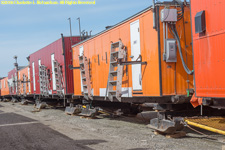
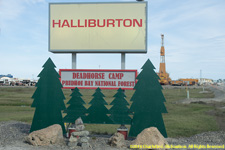
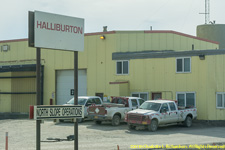
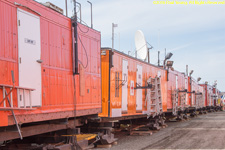
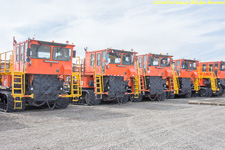
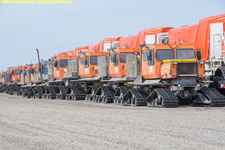
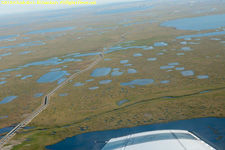
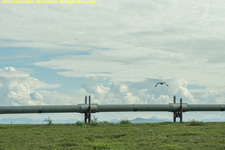
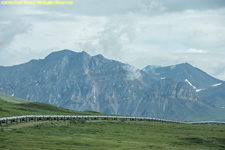
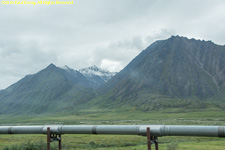
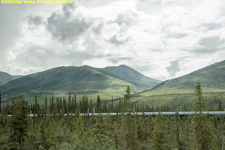
Pipeline details:
Pipeline pigs are inserted into and travel through the pipeline driven by the flow. They are used to remove waxy deposits that obstruct or retard the flow. Pipeline pigs do most of the maintenance. Pipeline pigs also look for corrosion and check for bending or buckling. The name comes from the squeaking noise the devices make. Pigs are inserted at Prudhoe Bay and travel the whole length of the pipeline, or at a pump station near its midpoint.
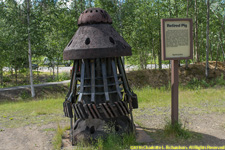
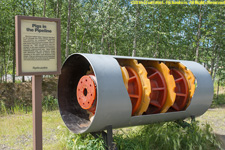
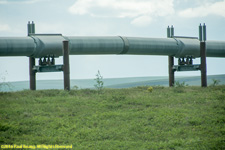
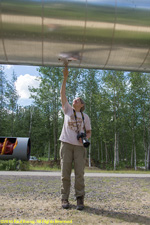
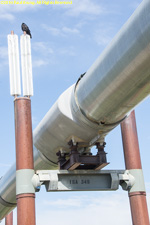
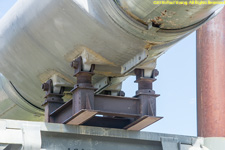
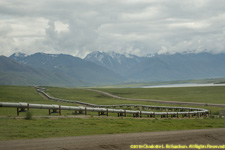
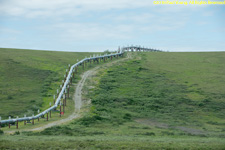
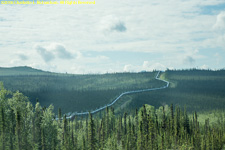
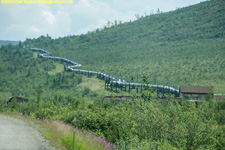
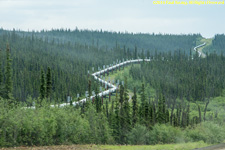
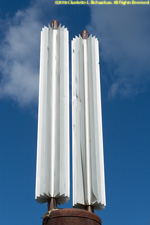
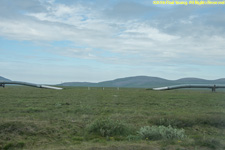
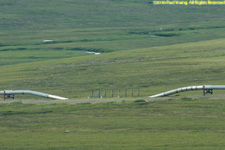
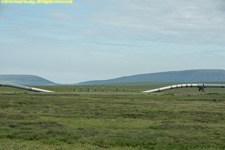
The pipeline passes underneath many smaller rivers and streams but bridges longer crossings. The pipeline crosses thirty-four major streams or rivers and nearly eight hundred minor ones.
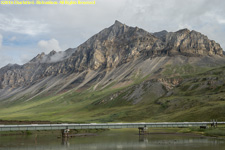
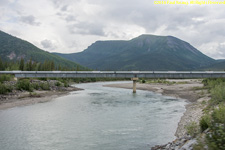
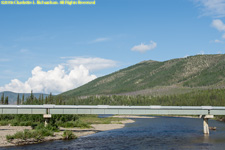
The Yukon River bridge was a major engineering feat.
Pumping stations maintain the momentum of the oil as it goes through the pipeline. The oil flow averages five to six miles an hour.
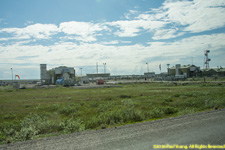
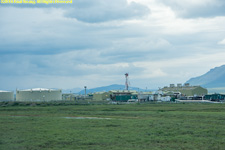
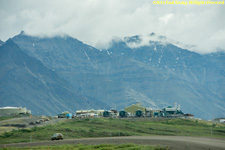
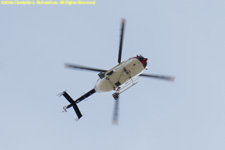
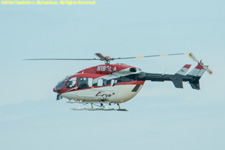
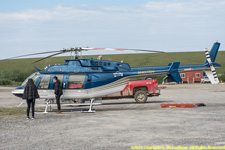
©2016, 2019 Mermaid Underwater Photographic. All Rights Reserved.
Contact us at mermaid@underwater.org.
Last modified 4 November 2019